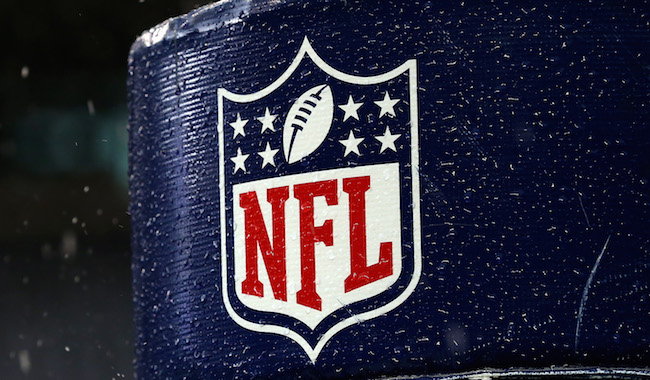
A huge breakthrough in the study and diagnosis of traumatic brain injuries directly linked to contact sports was revealed on Tuesday. A Boston University study looking into CTE — or chronic traumatic encephalopathy — revealed to doctors a way they believe they can diagnose the degenerative brain injury in living patients.
Journalist Rick Westhead of The Sports Network tweeted about the findings on Tuesday, which is a landmark breakthrough in the world of sports. Before this, CTE could only be diagnosed posthumously, after someone has died and if their brain was preserved and could be studied by doctors.
The most famous recent case would be that of Aaron Hernandez, who last week doctors diagnosed with CTE months after the 27-year-old killed himself in prison.
Breaking: Boston University researchers say they have developed a method that may help diagnose CTE in living patients.
— Rick Westhead (@rwesthead) September 26, 2017
It’s huge news if what is now a growing medical crisis professional sports leagues like the National Football League can no longer ignore.
BU researchers studied the brains of 23 former college & pro football players and 50 non athletes with Alzheimers & 18 non-athletes.
— Rick Westhead (@rwesthead) September 26, 2017
By using that biomarker, doctors believe they can tell whether patients have CTE while they are still alive.
BU: “The findings of this study are the early steps toward identifying CTE during life." pic.twitter.com/RhywNsMWM9
— Rick Westhead (@rwesthead) September 26, 2017
“The findings of this study are the early steps toward identifying CTE during life,” the study’s author, Dr. Ann McKee, said.
If the method proves successful, everyone who has played a sport like football could be tested while living to see if they have this kind of traumatic brain injury. While sports leagues like the NFL and NHL have worked hard not to connect their games to devastating brain injuries like CTE, the widened sample size of both living and dead athletes could make those connections undeniable.






